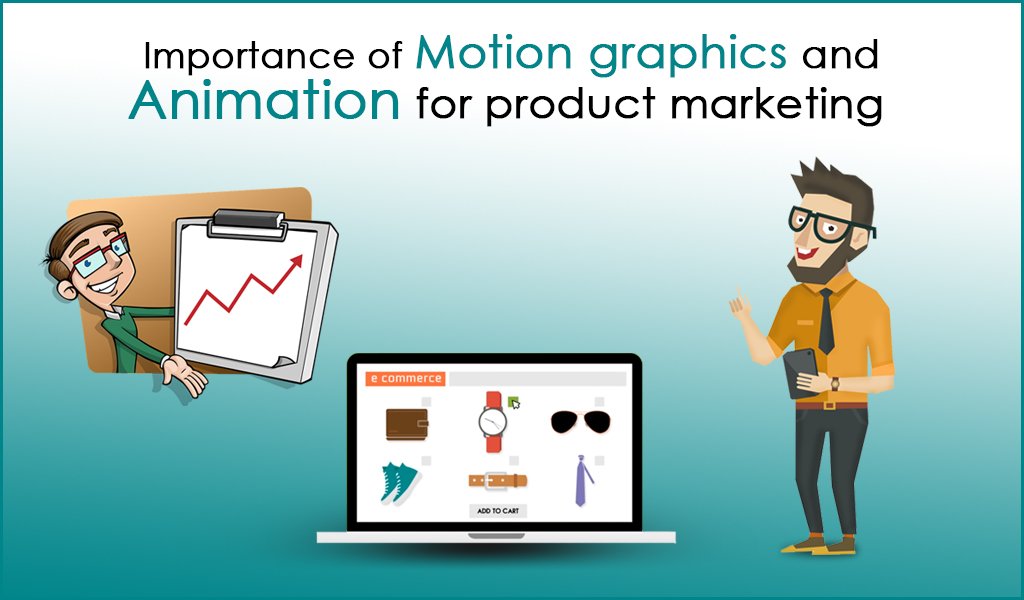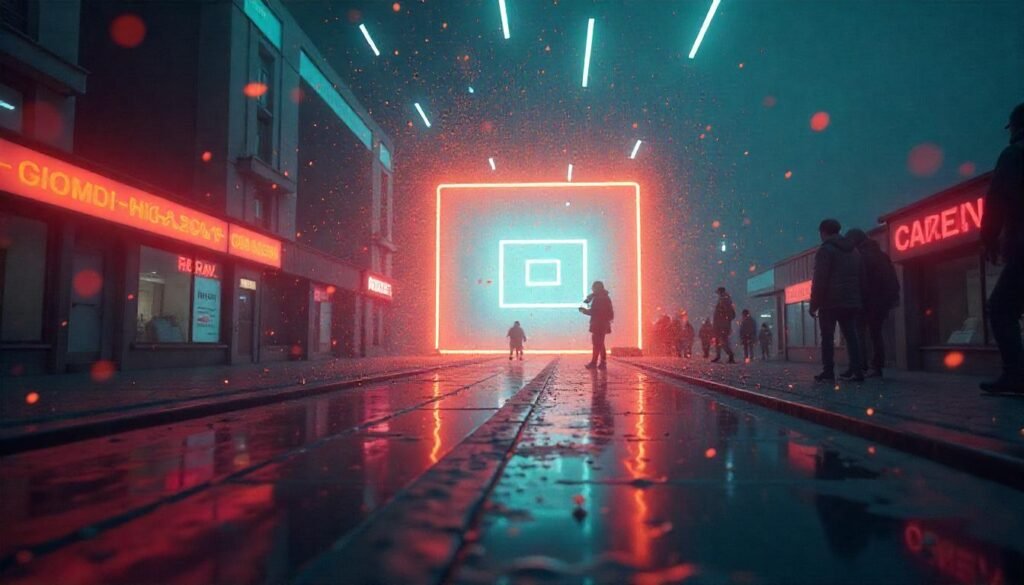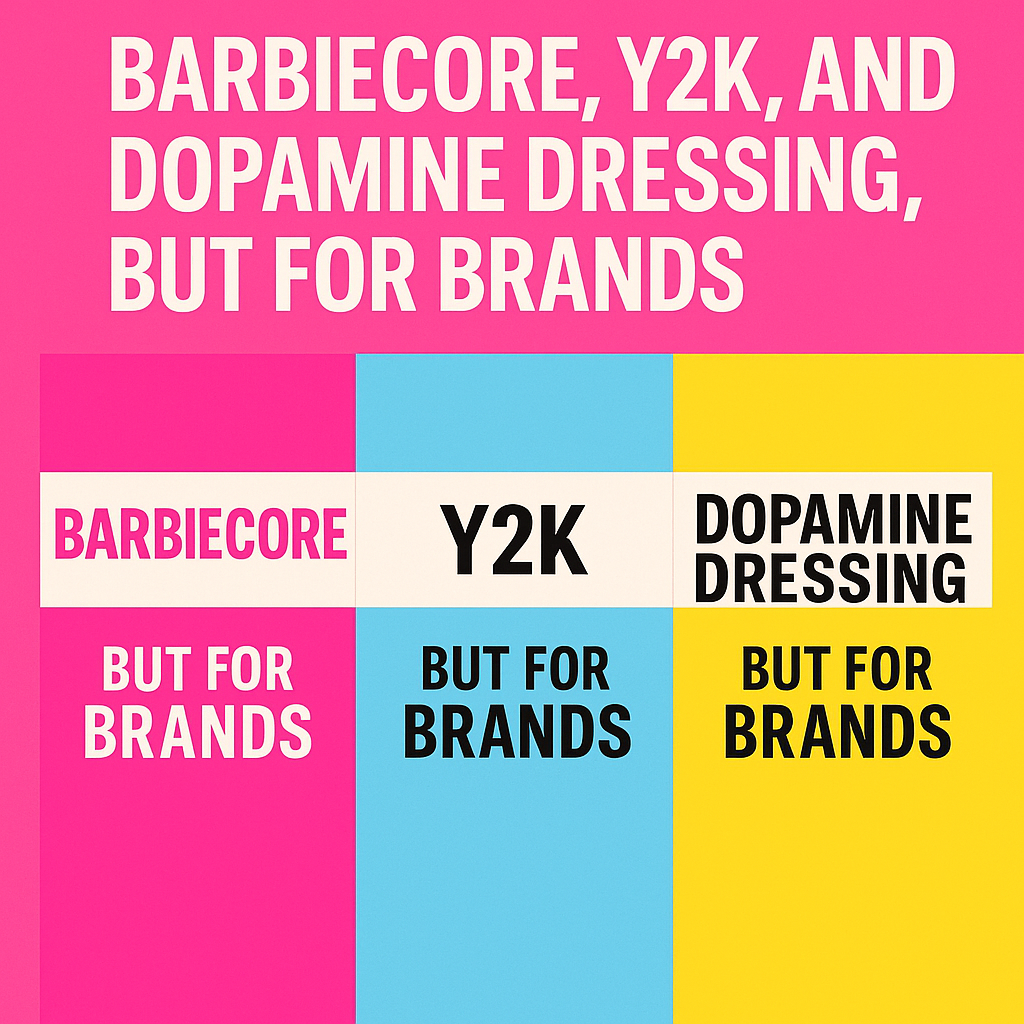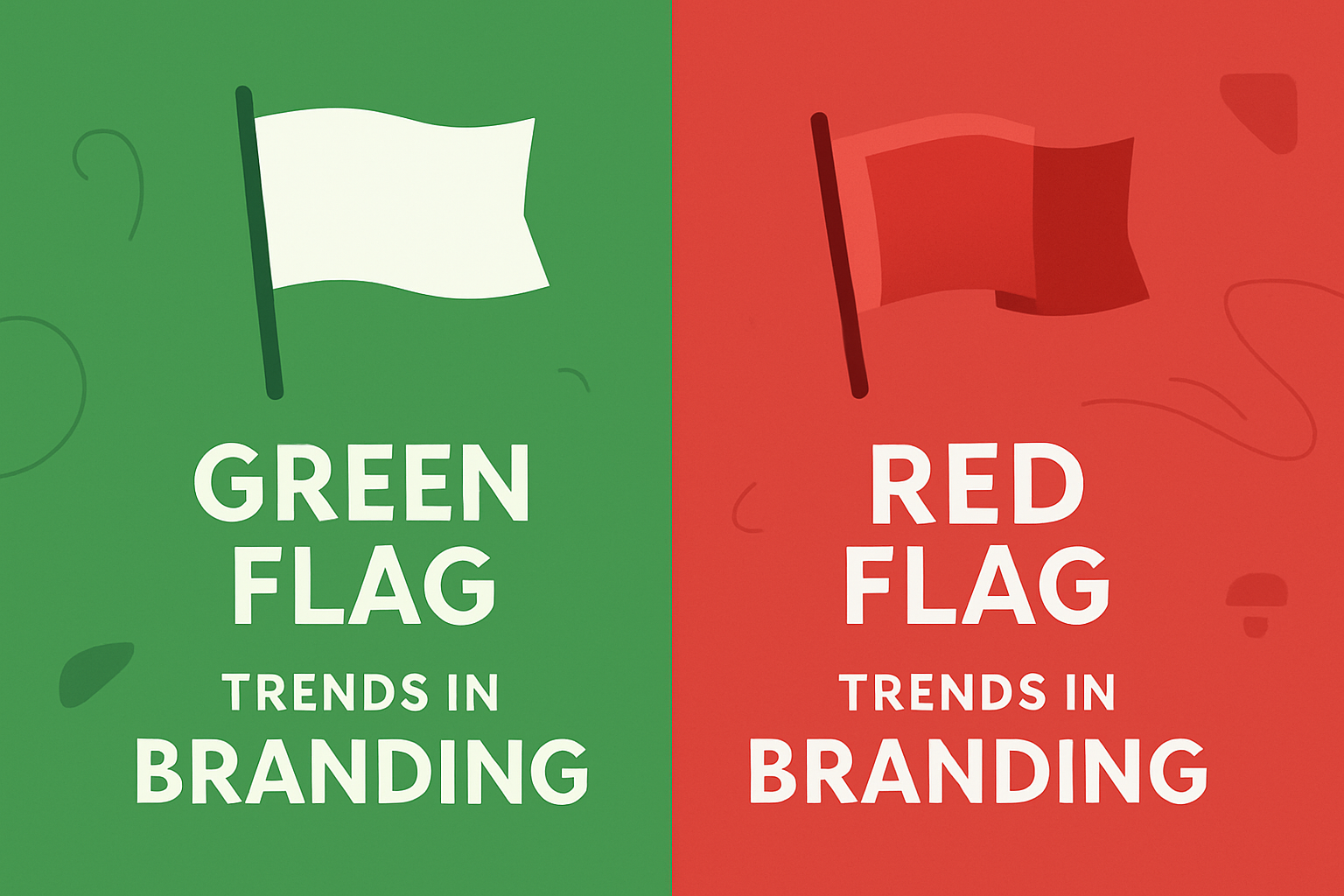The advertising and marketing landscape is undergoing a seismic shift driven by technological advancements. One of the most transformative tools in this evolution is motion graphics. With their ability to engage, inform, and entertain, motion graphics are poised to play a pivotal role in shaping the future of advertising and marketing. This article delves into the industry impact of motion graphics, their benefits in marketing, and highlights three compelling success stories that demonstrate their innovative use and applications in real-world scenarios.
Table of Contents
The Industry Impact of Motion Graphics
Motion graphics have become an integral component of modern advertising strategies. They combine elements of design, animation, and sound to create compelling visual narratives that can capture attention more effectively than static images or text. The industry impact of this technology is substantial, influencing everything from brand awareness to consumer engagement.
In 2023, a survey conducted by Wyzowl revealed that 86% of businesses use video as a marketing tool, with motion graphics accounting for a significant portion of that content. As digital consumption rises, brands are increasingly adopting motion graphics to stand out in crowded markets. This trend is likely to intensify by 2030, as consumers become more sophisticated in their media consumption and demand higher-quality, engaging content.

Benefits of Motion Graphics in Marketing
The advantages of integrating motion graphics into marketing strategies are numerous:
- Enhanced Engagement: Motion graphics draw viewers in, making them more likely to watch and absorb the content. This engagement translates into higher conversion rates, as potential customers are more likely to remember and act on the information presented.
- Simplified Complex Information: Many products and services come with intricate features or benefits that can be difficult to explain. Motion graphics provide an effective way to simplify these concepts, using animation to visually demonstrate how a product works or the benefits it provides.
- Increased Shareability: Engaging motion graphics are more likely to be shared across social media platforms. This virality can significantly amplify a brand’s reach, helping to build a community around the brand and increasing its visibility.
- Versatile Applications: Motion graphics can be applied across various platforms and formats, from social media ads and websites to television commercials and event presentations. Their versatility makes them a valuable asset in any marketing toolkit.

Motion Graphics Success Stories
1. Spotify’s Yearly Wrapped Campaign
Spotify’s Yearly Wrapped campaign serves as an excellent example of innovative use of motion graphics in real-world scenarios. Launched annually, this campaign compiles user data to create personalized video summaries of listeners’ musical habits over the year.
In 2022, Spotify employed vibrant motion graphics to animate playlists, favorite artists, and listening trends, presenting users with a visually stunning recap of their year. The results were impressive: millions of users shared their Wrapped videos on social media platforms, leading to a 24% increase in new subscriptions during the campaign period. The industry impact of this motion graphics initiative was significant, reinforcing Spotify’s brand identity while driving engagement and user acquisition.
This success story underscores how effectively motion graphics can be used to personalize content, making users feel special and fostering brand loyalty. As we look towards 2030, campaigns like Spotify’s will likely become more prevalent, as brands increasingly recognize the value of personalized, engaging content.
2. Coca-Cola’s “Share a Coke” Campaign
Coca-Cola’s “Share a Coke” campaign is another compelling example of motion graphics applications in marketing. Launched in 2014 and revitalized in subsequent years, this campaign focused on personalizing Coca-Cola bottles with popular names. To complement the initiative, Coca-Cola produced a series of motion graphics videos that showcased the joy of sharing a Coke with friends and family.
These videos featured colorful animations and playful graphics that captured the essence of sharing and togetherness. The campaign not only resonated with consumers but also generated significant engagement, leading to a 2% increase in sales during the summer of its launch.
As we approach 2030, we can expect to see brands using motion graphics to create personalized experiences, as Coca-Cola did, enhancing emotional connections with consumers. The innovative use of motion graphics in this campaign exemplifies how brands can leverage visuals to convey core messages and drive consumer behavior.
3. Apple’s Product Launch Events
Apple is known for its cutting-edge technology and innovative marketing strategies, and its product launch events have become iconic in the tech industry. In recent years, Apple has increasingly incorporated motion graphics into its presentations to highlight new features and products.
During the launch of the iPhone 14, Apple used sleek motion graphics to demonstrate the new camera capabilities, showcasing how the device could capture stunning photos and videos. The animations were not just visually appealing but also served to simplify complex technological advancements for the audience.
The impact of this approach was clear: Apple’s iPhone 14 saw record pre-orders, with a 15% increase compared to previous models. This success story illustrates the effectiveness of motion graphics in enhancing product understanding and driving sales.
By 2030, we can expect even more sophisticated use of motion graphics in product presentations, as companies continue to leverage technology to captivate and inform their audiences.
Innovative Use of Motion Graphics
As we look to the future, the innovative use of motion graphics will likely expand in several ways:

1. Augmented and Virtual Reality Integration
The integration of motion graphics with augmented reality (AR) and virtual reality (VR) is set to revolutionize advertising and marketing. By 2030, we may see brands utilizing AR to create immersive experiences where users can interact with animated elements in their real-world environments. For instance, a furniture brand could allow customers to visualize how a sofa would look in their living room through an AR app that employs motion graphics.
2. AI-Generated Motion Graphics
Artificial intelligence (AI) is advancing rapidly, and its application in motion graphics is likely to become more common. By utilizing AI tools, brands can create customized motion graphics tailored to specific audience segments quickly. This innovation can streamline the production process, making it easier for businesses to deliver timely, relevant content.
3. Interactive Motion Graphics
The future of motion graphics will also see a rise in interactivity. Brands may develop motion graphics that allow users to interact with the content, such as choosing different paths in a story or selecting which features to explore in a product demonstration. This level of engagement can deepen the connection between the consumer and the brand.
Overall
As we look toward 2030, the significance of motion graphics in advertising and marketing is set to grow even more pronounced. With their ability to engage, educate, and entertain, motion graphics have already transformed how brands communicate with their audiences. Success stories from companies like Spotify, Coca-Cola, and Apple highlight the substantial impact of this technology on driving engagement and sales.
The benefits of motion graphics, combined with their innovative applications in real-world scenarios, position them as a cornerstone of modern marketing strategies. As technology continues to evolve, businesses that embrace motion graphics will not only enhance their brand presence but also foster deeper connections with consumers.
With years of expertise in this technology, we are here to support your needs. If you’re interested in learning more about similar technologies and how they can be applied, feel free to reach out to our team. You can also connect with us via LinkedIn or reach our support team on WhatsApp.






